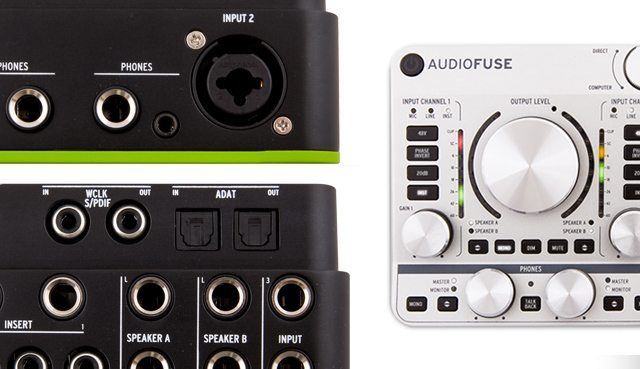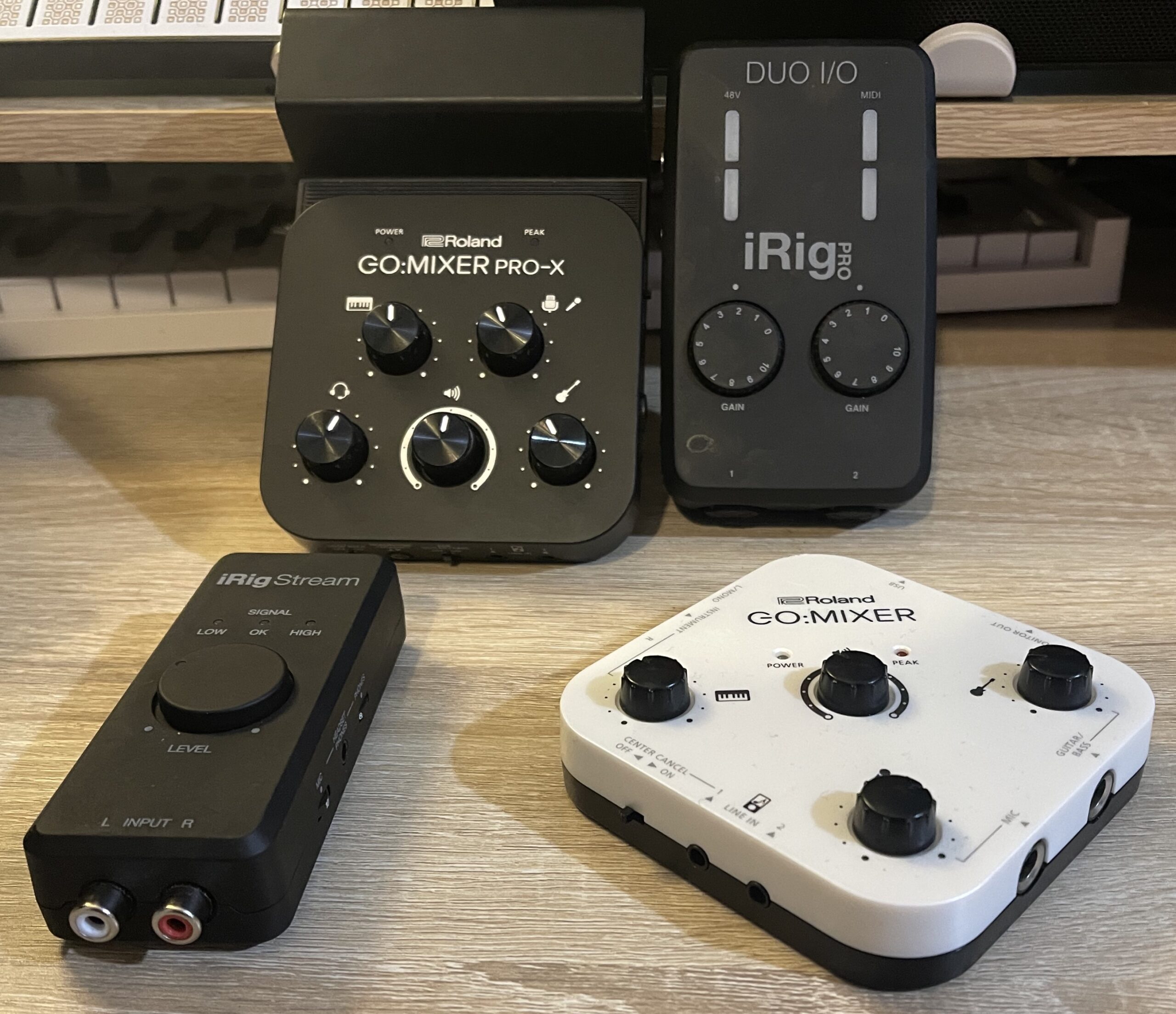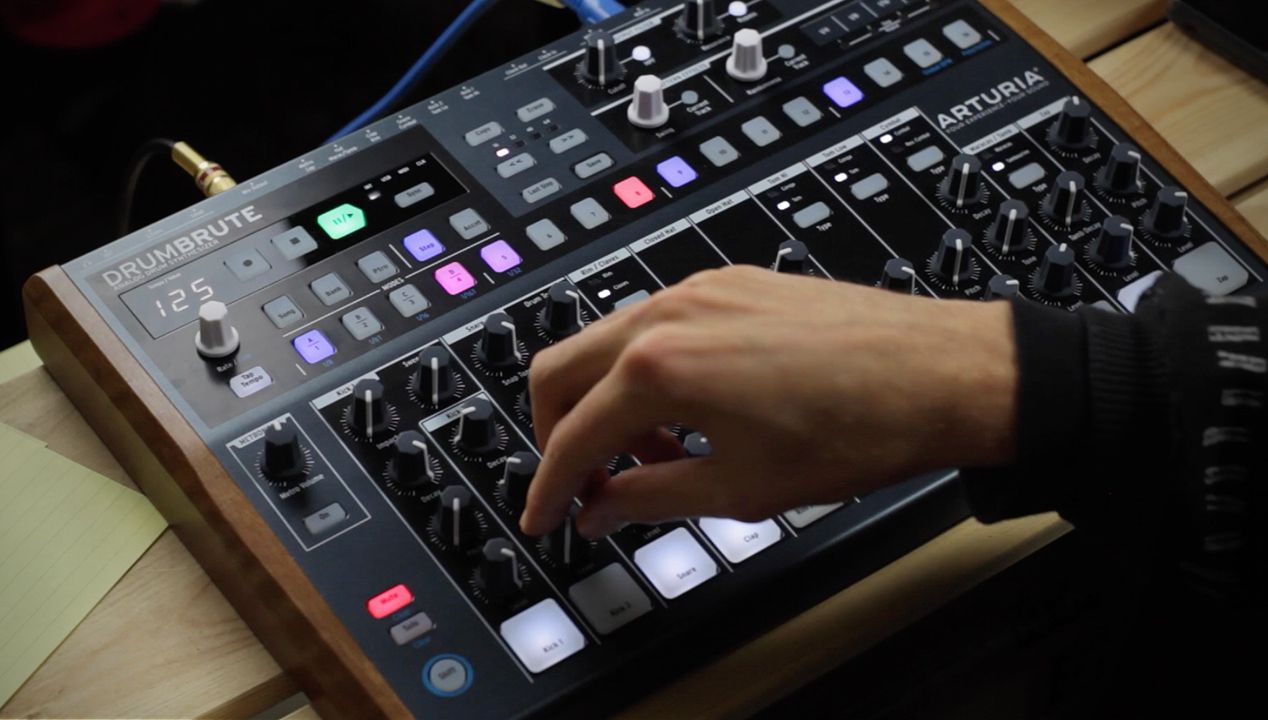In our NAMM 2015 prediction guide, we pointed out that one of the constant winners at NAMM, Arturia, had been teasing a new generation of audio interface for about a month. The unveil is here, and the new Audiofuse soundcard looks like it might be perfect for producers looking for expansive connectivity. Read more in this article!
Name: Audiofuse
Manufacturer: Arturia
Available: Spring 2015
Price: €549.00 EUR/$599.00 USD
In A Nutshell: This small profile soundcard probably has more connectivity than we’ve ever seen in a card of this size.
Audiofuse’s Audio Quality
Obviously the most important aspect when talking about a new interface is the actual sound quality. Arturia seemly has spied opportunity in bringing a lot of studio innovations to the home studio with the Audiofuse, incorporating:
- DiscretePRO® microphone preamplifier: First, we designed our own microphone preamps from the ground up. We decided not to use any third-party integrated amplifiers so we could have total control over their performance. Inspired by the classic designs of the golden age of analog, we improved them to the max and used the latest generation of discrete components.
- 24-bit AD/DA (Analogue-to-Digital and Digital-to-Analogue) convertors are of the latest generation, delivering audio with startling transparency (at up to 192kHz sampling rate)
- Arturia’s advanced clocking system to guarantee extremely accurate timing.
There’s also a few awesome bonus studio features that you don’t normally see in portable soundcards at this level, like analog soft-clipping, a talkback feature with a built-in microphone, and advanced routing (A/B speaker switching, direct monitoring, and separate master and monitor mix channels).
Input/Output Connectivity
![]()
The Audiofuse is a 14-in/14-out soundcard, with a massive array of I/O options for the size:
- 4 analog inputs
- 2x Mic/Instrument/Line
- 2x Phono/Line
- 4 analog outputs
- 2 analog inserts
- ADAT In & Out
- S/PDIF In & Out
- Word Clock In & Out
- MIDI In & Out
- 3-port USB hub
The Audiofuse is a USB 3.0 interface, and is compatible with Mac, PC, and Linux operating systems. It’s also totally class compliant, meaning that it will work with iOS and Android apps as well.
Compact Design

The aluminum chassis on the top and sides of the unit is a sleek, strong design, and is framed at the bottom by a soft touch leather base. They’ve even thought of an integrated case that covers the top set of controls. It’s a very small card – about the size of a Mac Mini – and has the ability to be entirely bus powered, even off an iOS device. That’s killer portability.
More NAMM 2015 news and articles:
- Rane’s TTM57 MKII + MP2015 Rotary Mixer
- Denon DJ Announces DS1 Serato Soundcard, HP2000, and MC4000
- Launchpad Pro is Novation’s Answer to Ableton Push
- Numark announces NS7 III, Mixtrack Pro III, and Mixtrack III
- Pioneer’s HDJ-2000MK2 Headphones
- Serato DJ Club Kit = Support for DJM 850/900NXS, Xone:DB2/DB4/K1
- Akai Releases Timbre Wolf and Tom Cat
- Apple Updates Logic Pro to 10.1
- USB Chroma Cables Now Include Purple, Need Your Input
- Korg Puts A Kaoss Pad Into A DJ Controller
- Reloop RP-8000 Straight Turntable, RMX-60 Mixer
- HRM-7: Pioneer Gets In The Studio Headphone Game
- Moog Relaunches Three Modular Synths
- Splice Takes On Audio Plugin/VST Managment
- NAMM 2015 Predicitons for New DJ and Producer Gear
- Bitwig Studio 1.2 Update









